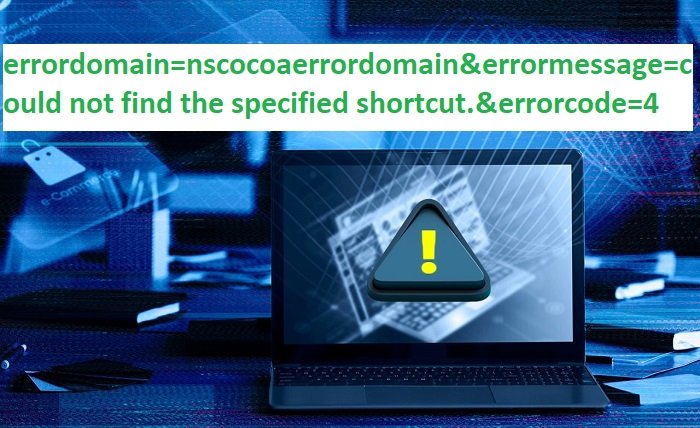Introduction
Clerical errors are common in every professional setting, from small businesses to large corporations. These mistakes, though often minor, can have significant repercussions if not addressed promptly and effectively. By understanding their nature, businesses can implement strategies to minimize their occurrence and impact.
What is a Clerical Error?
A clerical error refers to any mistake made during routine office tasks, such as data entry, filing, or documentation. These errors can range from typographical mistakes in documents to incorrect data entries that affect financial statements or customer records. Recognizing the types of clerical errors is the first step in preventing them.
Common Causes of Clerical Errors
The most frequent causes of clerical errors include human error, lack of proper training, and inadequate supervision. Overwork and insufficient resources can also lead to these mistakes. Understanding these causes helps organizations strengthen their operational procedures to reduce the likelihood of errors.
Impact on Business Operations
Clerical errors can disrupt business operations, leading to delays, financial loss, and damaged reputations. For example, a misfiled legal document could delay a transaction, potentially costing a business significant opportunities. Highlighting these impacts emphasizes the need for meticulous attention to detail in clerical work.
Case Studies: Real-World Examples
Examining real-world case studies where clerical errors had notable consequences provides valuable lessons. For instance, a small decimal error in a major financial company’s report could lead to a substantial stock price misvaluation, illustrating the critical nature of accuracy.
Strategies to Minimize Clerical Errors
Implementing effective strategies such as double-checking work, using automated systems, and providing adequate training can significantly reduce clerical errors. Regular audits and feedback mechanisms also play a crucial role in error prevention.
The Role of Technology in Preventing Clerical Errors
Advancements in technology offer robust solutions for reducing clerical errors. Software tools that automate data entry and document management can help minimize human error, ensuring higher accuracy and efficiency.
Legal Implications of Clerical Errors
Clerical errors can have serious legal implications, especially in industries like healthcare and finance. Understanding the legal context and potential consequences of these errors can motivate organizations to maintain rigorous checks and balances in their clerical work.
Recovering from Clerical Errors
When clerical errors occur, it’s essential to act swiftly to correct them. This section discusses strategies for effective error correction and damage control, emphasizing the importance of transparency and proactive communication with affected parties.
Training and Development to Reduce Errors
Investing in ongoing training and development programs can equip clerical staff with the skills and knowledge needed to avoid common errors. This investment not only enhances efficiency but also boosts employee morale and confidence.
Future Trends in Clerical Error Management
Looking ahead, emerging trends in AI and machine learning promise further reductions in clerical errors. This section explores how upcoming technologies could revolutionize traditional clerical tasks, leading to unprecedented levels of precision in professional settings.
Conclusion
Clerical errors, while common, are largely preventable with the right approaches and technologies. By prioritizing accuracy and implementing rigorous checks and training, organizations can significantly mitigate the risks associated with these errors. Embracing technology will further enhance accuracy, propelling businesses towards more reliable and efficient operations.
FAQs
Q1: What is the most common type of clerical error? A: Typographical errors are the most common, especially in data-heavy tasks like accounting and record keeping.
Q2: How can businesses detect clerical errors early? A: Implementing regular audits and using automated error-detection software can help identify and rectify errors promptly.
Q3: Are small businesses more susceptible to clerical errors? A: Yes, due to often having fewer resources and less specialized staff, small businesses may experience clerical errors more frequently.
Q4: What is the best way to train staff to avoid clerical errors? A: Regular training sessions that focus on detail-oriented tasks and current best practices in data management can reduce error rates.
Q5: How has technology changed the landscape of clerical work? A: Technology, particularly automation and AI, has significantly reduced the manual workload, thus decreasing the likelihood of human errors in clerical tasks.





